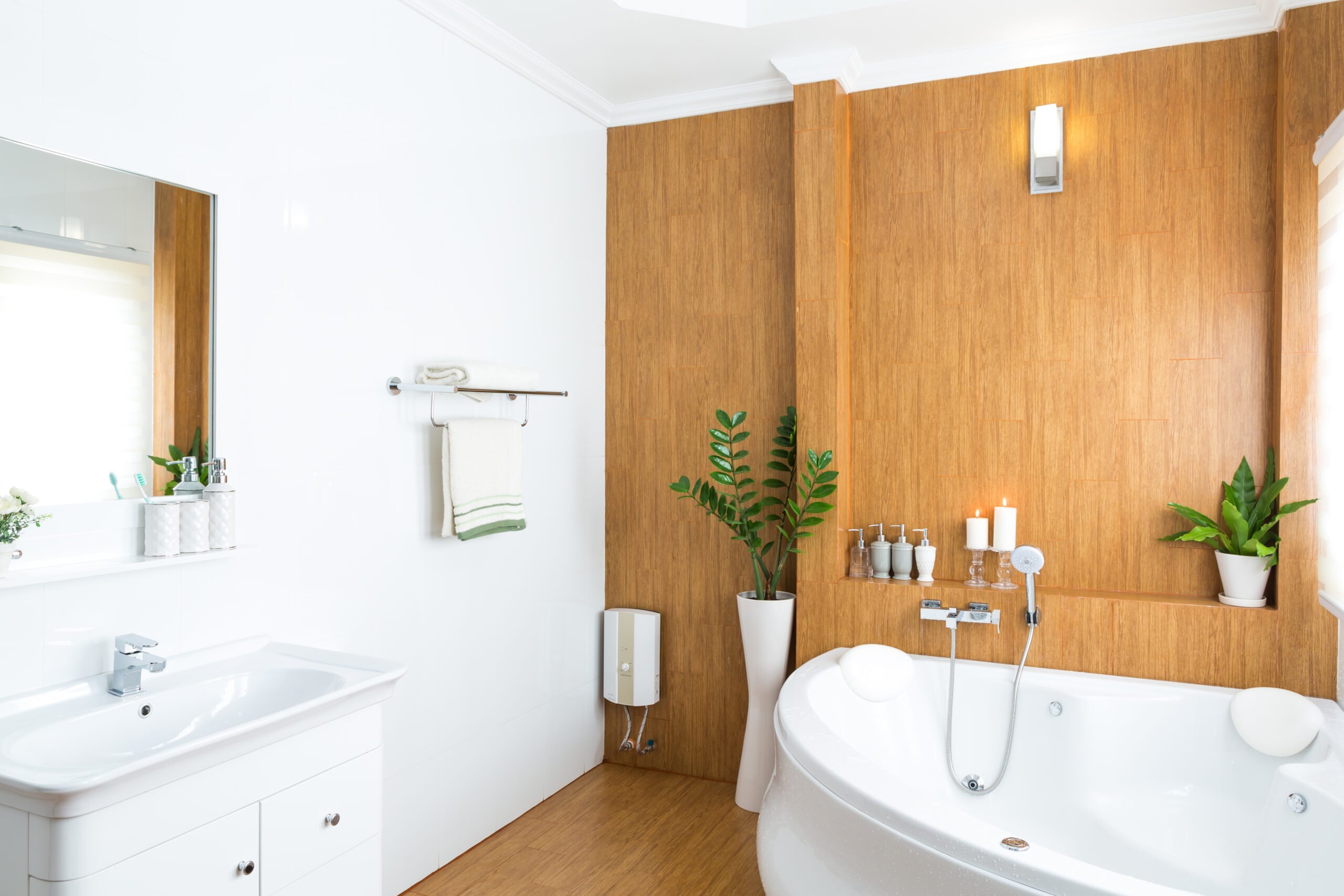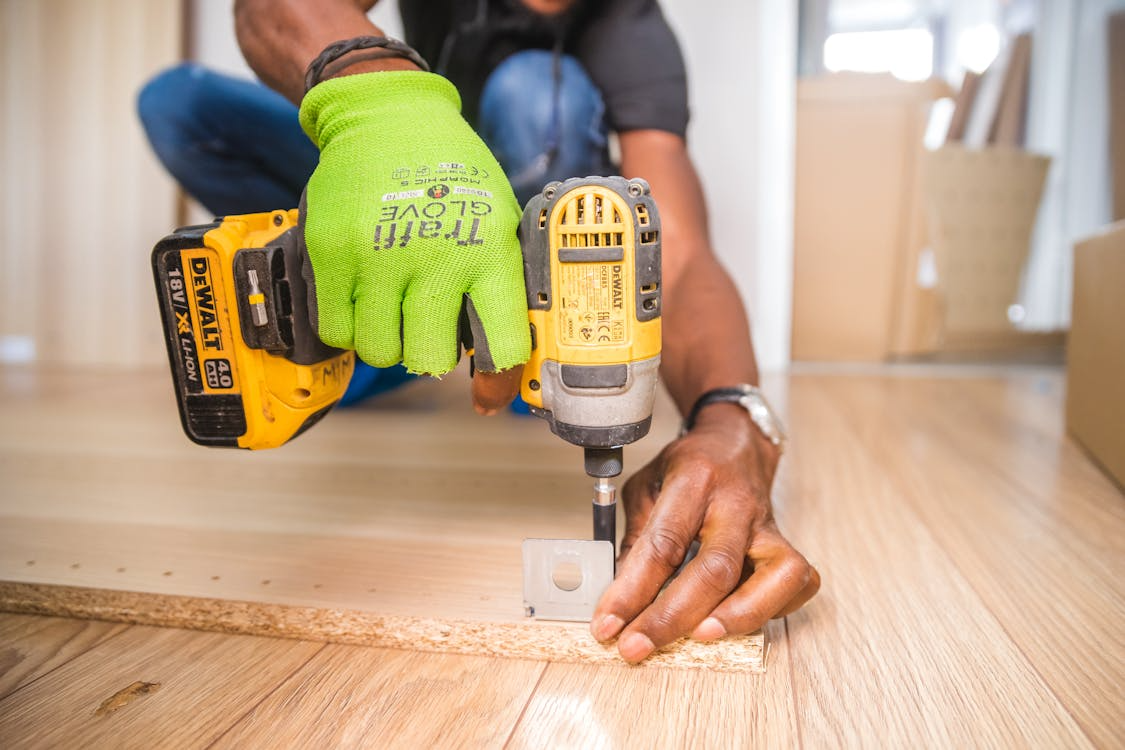How Does a Toilet Work? A toilet is an essential part of modern sanitation, an invention that transformed public health by offering a hygienic and efficient way to dispose of human waste. Despite its simplicity in appearance, a toilet’s mechanism is quite sophisticated, involving a combination of physics, engineering, and smart design. Whether it’s a traditional flush toilet, a pressure-assisted system, or the newer low-flow models, the operation remains a marvel of simple yet effective technology. In this article, we will explore the various parts of a toilet, the flushing process, the different types of toilet systems, common issues, and future trends in toilet technology.
1. The Basic Components of a Toilet
To understand how a toilet works, it’s important to first familiarize yourself with its basic components:
- Bowl: The main part of the toilet, where waste is collected.
- Tank: The reservoir that holds water used for flushing.
- Flapper Valve: Located at the bottom of the tank, this rubber valve controls the release of water into the bowl.
- Fill Valve: Regulates the water level in the tank after a flush.
- Flush Handle/Actuator: Initiates the flushing process.
- Overflow Tube: Prevents the tank from overflowing by directing excess water into the bowl.
- Trapway and Siphon: The pathway through which waste exits the bowl and enters the plumbing system.
- Wax Ring: Seals the base of the toilet to prevent leaks.
2. The Flushing Process
The toilet’s core function revolves around the flushing mechanism. Here’s a step-by-step breakdown of how a toilet flushes:
- Initiating the Flush: When you push the handle, it lifts a lever inside the tank. This lever is connected to a chain that pulls up the flapper valve.
- Water Release: As the flapper lifts, water stored in the tank rushes into the bowl. This sudden influx of water pushes the waste and used water from the bowl into the trapway.
- Siphoning Action: As the water in the bowl reaches a certain level, it creates a siphon effect. The siphon pulls both the waste and water through the trapway, leading it into the plumbing system and out into the sewer or septic tank.
- Refill Cycle: Once the tank is empty, the flapper valve drops back into place, and the fill valve activates. This valve refills the tank with fresh water until it reaches the preset level. The fill valve then shuts off, readying the toilet for the next flush.
- Bowl Refill: Simultaneously, a smaller stream of water flows into the bowl to refill it and maintain the water seal that prevents sewer gases from entering your bathroom.
3. The Role of Gravity and Siphoning
The toilet’s design relies heavily on gravity and siphoning. Gravity helps water and waste move downward, while the siphon effect creates a vacuum that pulls waste from the bowl. When the flush begins, water entering the bowl builds up quickly, and as it reaches a higher level, it pushes air out of the trapway. This initiates a siphon, causing the waste to be sucked out rapidly and efficiently. Once the bowl empties, air re-enters the trapway, breaking the siphon and ending the flush cycle.
4. Types of Toilets and Flush Mechanisms
Not all toilets work the same way. Various designs offer different benefits, particularly in terms of efficiency and water usage. Here are some common types of toilets and how they work:
a) Gravity-Flush Toilets
This is the most common type found in households. It uses the simple principle of gravity to move water from the tank into the bowl and then into the drain. The effectiveness of the flush depends largely on the height and amount of water in the tank.
b) Pressure-Assisted Toilets
These toilets are typically found in commercial settings. They use a pressurized tank inside the main tank. When flushed, the pressurized air forces water into the bowl at a much higher velocity, resulting in a more powerful flush. Pressure-assisted systems are efficient at clearing waste but can be noisier than gravity-flush models.
c) Dual-Flush Toilets
Dual-flush toilets offer two flush options: one for liquid waste (usually around 1.1 gallons) and a full flush for solid waste (around 1.6 gallons). These are more environmentally friendly as they allow users to choose the appropriate amount of water needed per flush.
d) Low-Flow Toilets
In response to water conservation efforts, low-flow toilets have become increasingly popular. They use as little as 1.28 gallons per flush (GPF) compared to older models that used up to 3.5 GPF. They rely on a combination of improved trapway design and optimized water flow to achieve efficient flushing with less water.
e) Smart and Bidet Toilets
Smart toilets come with advanced features like self-cleaning, heated seats, bidet functions, and even air drying. Bidet toilets offer integrated bidets that use a stream of water for cleaning instead of relying solely on toilet paper.
5. Common Toilet Problems and Solutions
Toilets are reliable but can occasionally run into issues. Here’s how some of the most common problems can be resolved:
a) Constantly Running Toilet
A running toilet usually results from a faulty flapper or a fill valve that’s not sealing properly. Replacing the flapper or adjusting the fill valve usually fixes the issue.
b) Weak Flush
A weak flush could be due to a partially blocked trapway or siphon jet. Cleaning these areas or ensuring the tank water level is adequately high can improve flush strength.
c) Toilet Clogs
Clogs often occur due to non-flushable items being disposed of in the toilet or a build-up of waste. Using a plunger or, in severe cases, a toilet auger can often clear the blockage.
d) Leaks Around the Base
Leaks around the toilet base usually indicate a worn-out wax ring. Replacing the wax ring involves removing the toilet from the floor, installing a new ring, and reseating the toilet.
6. Innovations and Future Trends in Toilet Technology
The world of toilet technology has been evolving steadily, with innovations aimed at improving hygiene, conserving water, and offering more comfort. Some trends include:
a) Touchless Flush Systems
Touchless systems use sensors to detect when a flush is needed, reducing the spread of germs. These are becoming common in public restrooms and are now being adopted in homes as well.
b) Eco-Friendly Toilets
With water scarcity becoming a global concern, toilets that use less water and even recycle greywater (used water from sinks and showers) are being developed. These eco-friendly designs aim to make our daily routines more sustainable.
c) Advanced Waste Processing
Some modern toilets, especially in remote areas, are equipped with advanced waste-processing systems. Composting toilets, for example, convert waste into compost rather than flushing it into a sewer system.
d) Smart Toilets
Smart toilets integrate various features such as automatic flushing, built-in bidets, seat warmers, night lights, and health monitoring functions that can analyze waste to provide health feedback. Brands like TOTO and Kohler have pioneered these high-tech bathroom solutions.
e) Self-Cleaning and Antimicrobial Toilets
Self-cleaning mechanisms and antimicrobial surfaces are being integrated into newer toilet models. These features help maintain hygiene with minimal user intervention, offering a cleaner experience.
7. Toilets and Global Sanitation
Beyond the technical aspects, toilets play a crucial role in global sanitation and public health. Access to clean and functioning toilets reduces the spread of diseases and improves the overall quality of life. The United Nations recognizes the importance of toilets through its World Toilet Day initiative, aimed at tackling the global sanitation crisis that affects billions of people.
In many parts of the world, however, adequate sanitation facilities are still lacking. Non-governmental organizations and innovators are working to develop affordable, sustainable toilet solutions for low-income regions. These initiatives range from simple pit latrines to more advanced, waterless toilets that convert waste into usable resources.
8. Conclusion
The toilet may seem like a mundane part of daily life, but its design and function are the result of decades of innovation, combining elements of physics, engineering, and environmental science. From the simple gravity-flush systems to advanced smart toilets, the evolution of this essential fixture continues to prioritize efficiency, hygiene, and sustainability. As technology advances, toilets will likely become even more integral to addressing global challenges, including water conservation and public health, while making our daily routines more comfortable and hygienic.
Understanding how a toilet works not only gives insight into its mechanics but also highlights the ingenuity behind an invention that has had a profound impact on human civilization.














